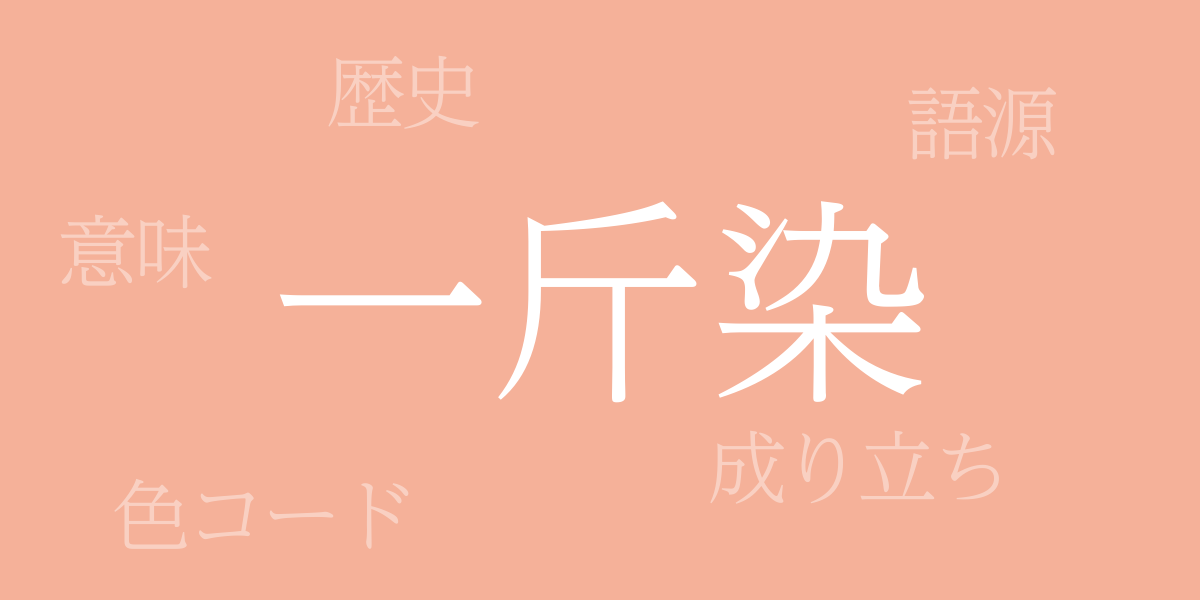Colors reflect culture, and the Japanese traditional color “Ikkonzome (いっこんぞめ)” captivates us with its deep history and beauty. This article delves into the allure of Ikkonzome, exploring the meaning and history behind this color, as well as its applications in modern design. Let’s begin a journey into the world of Ikkonzome, aimed at designers, artists, and everyone interested in traditional culture.
About Ikkonzome (いっこんぞめ)
Ikkonzome (いっこんぞめ) refers to a unique blue shade produced through traditional Japanese dyeing techniques. The name originates from the historical use of one kin (approximately 600 grams) of indigo to dye cotton and linen. Known for its depth and warmth, Ikkonzome is frequently used in traditional Japanese garments and crafts. The color varies depending on the type of fabric and the concentration of indigo used but is always respected as a symbol of Japanese natural and cultural beauty.
History of Ikkonzome
The history of Ikkonzome dates back to the Nara period. By the Heian period, indigo dyeing was well-established and highly regarded among the aristocracy. During the Edo period, Ikkonzome became popular among the common people as well, appearing in garments like the coats of firefighters. Ikkonzome’s durability and beauty have made it a perennial favorite across the ages.
Color Codes for Ikkonzome
In digital design, it is possible to replicate the color of Ikkonzome. Below are the color codes for this shade:
- HEX: #F5B199
- RGB: R:245 G:177 B:153
- CMYK: C:3 M:41 Y:37 K:0
Western Name for Ikkonzome
The Western name for Ikkonzome is often “Japanese Indigo,” recognized internationally as a distinct shade of Japanese blue. “Indigo” originally refers to the blue from India, but Japanese Ikkonzome is noted for its deep blue hue. This beloved color is frequently used in fashion and design that incorporate a Japanese aesthetic.
Summary of Ikkonzome
Ikkonzome, with its historical background and beautiful hue, continues to enchant many. Produced through traditional dyeing methods, this color expresses the depth and delicacy of Japanese culture and plays a significant role in contemporary design and art. Through this article, we hope to have conveyed some of the charm of Ikkonzome, helping you rediscover and appreciate the beauty of Japanese tradition.

























